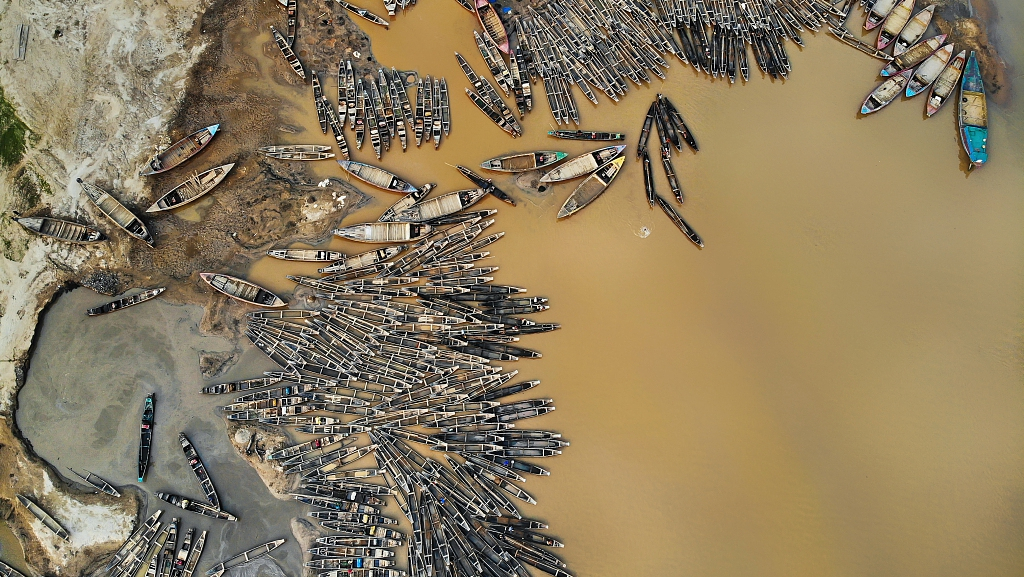
Health
13:53, 28-May-2019
World's rivers contaminated with high level of antibiotics, study finds
Alok Gupta

Most of the major rivers in the world, a majority of them in Asia and Africa, are contaminated with an alarming level of antibiotics. In some countries, it exceeded the prescribed limit by nearly 300 times, a global study found.
Researchers from the University of York tested river water in 72 countries to measure the level of 14 commonly used antibiotics. Nearly two-thirds of the samples collected showed a severe concentration of the drug.
“Sites where antibiotics exceeded ‘safe' levels by the greatest degree were in Bangladesh, Kenya, Ghana, Pakistan and Nigeria,” researchers said.
One sample from Bangladesh had metronidazole –used for treating skin infections – exceeded the safe limit by 300 times. Overall, antibiotics concentration in the country's rivers was 170 times higher than the prescribed limit.
Globally, trimethoprim, prescribed for treating urinary tract infections, emerged as the most common antibiotic present at 307 of the 711 sites.
Serious contamination was also found in most developed nations, including those in Europe, North America and South America.
At the Thames River, five antibiotics, including ciprofloxacin – used to treat skin and urinary tract infections – were three times over what's considered safe.
Dealing with the logistical challenge of transporting 92 samples collected from various rivers around the world, researchers managed to fly back frozen samples to the University of York for testing.
Samples were collected from some of the world's most iconic rivers, including the Chao Phraya, Danube, Mekong, Seine, Thames, Tiber and Tigris.
“Until now, the majority of environmental monitoring work for antibiotics has been done in Europe, N. America and China. Often on only a handful of antibiotics,” Dr. John Wilkinson, Department of Environment and Geography, University of York, said. “We know very little about the scale of the problem globally.”
Discharge of untreated wastewater containing antibiotics, excreted by humans and animals, into soil and rivers is a primary source of the contamination. The antibiotic dumping results in bacteria that then develops immunity and can turn into a superbug, making it difficult to cure.
According to the WHO, more than 500,000 people suffer from varying degrees of antibiotics resistance, which would make them resistant against treatment for E. coli bacterial infections, staph infections, pneumonia, and salmonella.
The study also revealed high-risk sites typically adjacent to wastewater treatment systems, waste, or sewage dumps.
“Solving the problem is going to be a mammoth challenge and will need investment in infrastructure for waste and wastewater treatment, tighter regulation, and the cleaning up of already contaminated sites,” Alistair Boxall of York Environmental Sustainability Institute said.
(Top Image: An aerial shot of Boats at Rakti River in Tahipur, Bangladesh. /VCG Photo)

SITEMAP
Copyright © 2018 CGTN. Beijing ICP prepared NO.16065310-3
Copyright © 2018 CGTN. Beijing ICP prepared NO.16065310-3